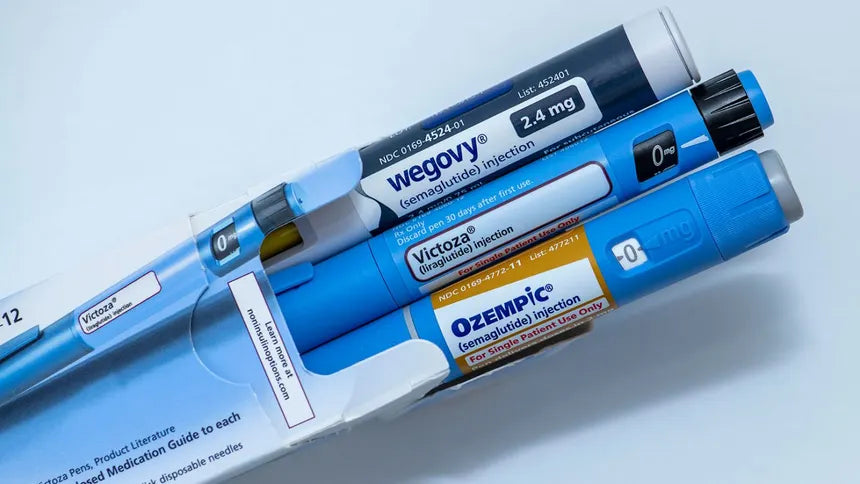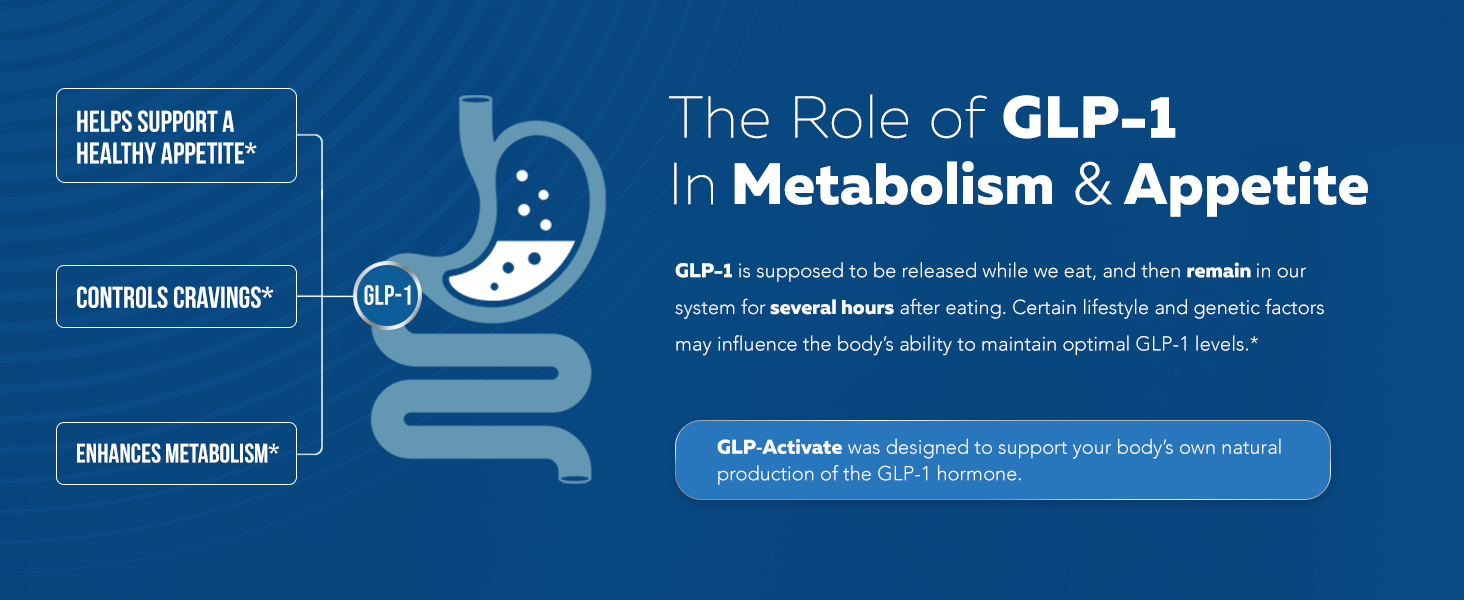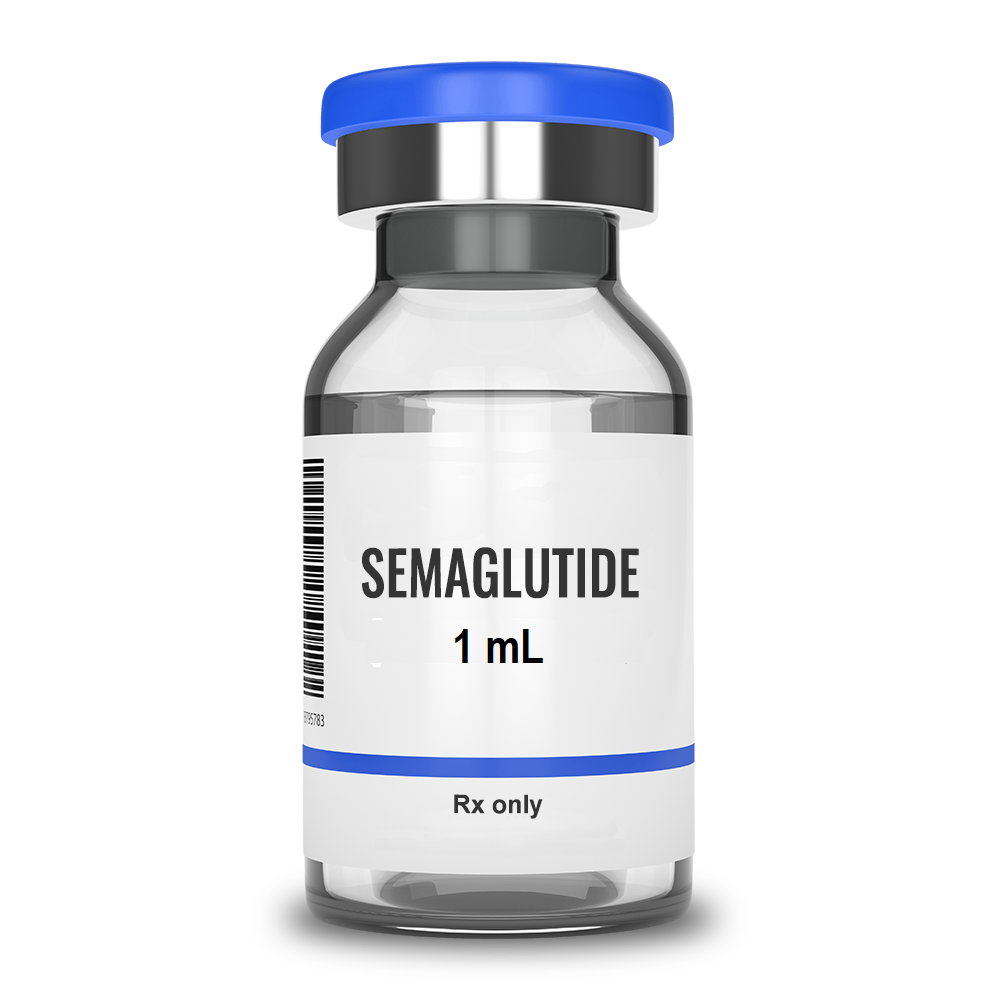
GLP-1 Agonists
-
Introduction to GLP-1 Agonists
Glucagon-Like Peptide-1 (GLP-1) receptor agonists are a class of medications used primarily for the management of type 2 diabetes mellitus (T2DM) and weight management. These agents mimic the action of endogenous GLP-1, promoting glucose-dependent insulin secretion, delaying gastric emptying, and reducing appetite.
-
Mechanism of Action
- Stimulate insulin secretion in response to glucose
- Suppress glucagon release
- Slow gastric emptying, leading to increased satiety
- Promote weight loss by reducing appetite
-
Indications
- Type 2 Diabetes Mellitus (T2DM)
- Obesity and weight management
- Cardiovascular risk reduction in patients with T2DM (select agents)
Available GLP-1 Agonists
| Drug Name | Brand Name | Dosing Frequency | FDA-Approved Indications |
|---|---|---|---|
| Exenatide | Byetta | Twice daily | T2DM |
| Exenatide ER | Bydureon | Weekly | T2DM |
| Liraglutide | Victoza | Daily | T2DM, CV risk reduction |
| Liraglutide | Saxenda | Daily | Obesity |
| Dulaglutide | Trulicity | Weekly | T2DM, CV risk reduction |
| Semaglutide | Ozempic | Weekly | T2DM, CV risk reduction |
| Semaglutide | Wegovy | Weekly | Obesity |
| Tirzepatide* | Mounjaro | Weekly | T2DM (with potential weight loss benefit) |
Prescribing Considerations
-
Patient Selection
- GLP-1 receptor agonists are ideal for patients with Type 2 Diabetes Mellitus (T2DM) who have not achieved adequate glycemic control with oral medications such as metformin.
- These agents are also beneficial for patients who are overweight or obese (BMI ≥27 kg/m² with comorbidities or BMI ≥30 kg/m² without comorbidities), given their weight-loss effects.
- Consider prescribing for patients at high cardiovascular risk, as some agents (liraglutide, semaglutide, dulaglutide) have demonstrated cardiovascular benefits in clinical trials.
-
Contraindications
- Personal or family history of medullary thyroid carcinoma (MTC) or Multiple Endocrine Neoplasia syndrome type 2 (MEN2).
- Severe gastrointestinal disease (e.g., gastroparesis) as these medications delay gastric emptying.
- History of pancreatitis (use with caution as GLP-1 agonists have been associated with pancreatitis risk).
- Severe renal impairment (eGFR <30 mL/min) for exenatide and exenatide ER.
- Hypersensitivity to any GLP-1 receptor agonist component.
-
Precautions
- Monitor for gastrointestinal side effects (nausea, vomiting, diarrhea), which are common but often transient.
- Assess baseline renal function before starting therapy.
- Use caution in combination with insulin or sulfonylureas, as it can increase hypoglycemia risk.
Administration Guidelines
-
Injection Technique
- GLP-1 agonists are administered subcutaneously (SC) into the abdomen, thigh, or upper arm.
- Rotate injection sites to prevent lipodystrophy and irritation.
- Most formulations come in pre-filled pens or autoinjectors, requiring minimal patient preparation.
-
Dosing Timing
- Short-acting formulations (e.g., Byetta) should be injected twice daily within 60 minutes before meals.
- Long-acting formulations (e.g., Trulicity, Ozempic, Mounjaro) are given once weekly, on the same day each week, with or without food.
- Liraglutide (Victoza, Saxenda) is dosed once daily, at the same time each day.
-
Missed Dose Instructions
- For daily injections: If a dose is missed, skip and resume the next scheduled dose.
- For weekly injections: If a dose is missed, it can be taken within 5 days; otherwise, skip and resume the next dose.
Drug Interactions
-
Delayed Gastric Emptying: May affect the absorption of oral medications, particularly those requiring rapid absorption (e.g., antibiotics, oral contraceptives). Consider separating administration by at least 1 hour.
-
Increased Risk of Hypoglycemia: When combined with insulin or sulfonylureas, dose reductions may be necessary to prevent hypoglycemia.
Warfarin and Other Anticoagulants: Potential for altered INR levels due to changes in drug absorption. Close monitoring is recommended.
-
SGLT2 Inhibitors: When used with SGLT2 inhibitors (e.g., Jardiance, Farxiga), the combination can enhance weight loss and cardiovascular benefits but may increase the risk of dehydration and ketoacidosis.
GLP-1 Agonist Pharmacy Orders – Initial Dosing
Glp1 Rx Orders
Exenatide (Byetta)
Sig: Inject 5 mcg subcutaneously (SC) twice daily within 60 minutes before morning and evening meals. Do not inject after meals.
Exenatide ER (Bydureon)
Sig: Inject 2 mg subcutaneously (SC) once weekly on the same day each week.
Liraglutide (Victoza)
Sig: Inject 0.6 mg subcutaneously (SC) once daily for 1 week, then increase to 1.2 mg once daily. May further increase to 1.8 mg if needed.
Liraglutide (Saxenda)
Sig: Inject 0.6 mg subcutaneously (SC) once daily for 1 week, then titrate up weekly by 0.6 mg to a maximum of 3 mg once daily.
Dulaglutide (Trulicity)
Sig: Inject 0.75 mg subcutaneously (SC) once weekly on the same day each week. May increase to 1.5 mg weekly if needed.
Semaglutide (Ozempic)
Sig: Inject 0.25 mg subcutaneously (SC) once weekly for 4 weeks, then increase to 0.5 mg once weekly. May further increase to 1 mg once weekly if needed.
Semaglutide (Wegovy)
Sig: Inject 0.25 mg subcutaneously (SC) once weekly for 4 weeks, then titrate up per manufacturer dosing schedule to a maximum of 2.4 mg once weekly.
Tirzepatide (Mounjaro)
Sig: Inject 2.5 mg subcutaneously (SC) once weekly for 4 weeks, then increase to 5 mg once weekly as tolerated.

Monitoring Parameters
Efficacy Monitoring:
- A1C levels: Goal is typically <7%, but individualized based on patient profile. Check every 3-6 months.
- Weight changes: Track weight loss trends, particularly in patients using GLP-1 agonists for obesity.
- Fasting and postprandial glucose levels: Helps determine the medication’s effectiveness in blood sugar regulation.
Safety Monitoring:
- Gastrointestinal tolerance: Monitor for persistent nausea, vomiting, diarrhea, or severe abdominal pain (which may indicate pancreatitis).
- Renal function (eGFR): Check at baseline and periodically, especially in patients with pre-existing kidney disease.
- Signs of pancreatitis: Severe persistent abdominal pain, often radiating to the back, may indicate pancreatitis and requires discontinuation.
- Thyroid nodules or symptoms of thyroid cancer: Patients with a history of MTC/MEN2 should not receive GLP-1 agonists.


Summary and Clinical Pearls
- GLP-1 receptor agonists offer dual benefits: glycemic control and weight loss.
- Not all GLP-1 agonists have the same cardiovascular benefits. Choose liraglutide (Victoza), semaglutide (Ozempic), or dulaglutide (Trulicity) for patients with high cardiovascular risk.
- Tolerability improves over time: Start at the lowest dose and titrate slowly to minimize gastrointestinal side effects.
- Avoid in patients with gastroparesis or history of pancreatitis.
- Combination therapy with SGLT2 inhibitors may enhance weight loss and metabolic benefits.
- Patient adherence is key: Emphasize consistent dosing and lifestyle modifications for best outcomes.

Patient Education
Proper injection technique: Use pen injector or autoinjector at 90-degree angle and rotate sites. Manage side effects like nausea, vomiting, and diarrhea. Educate on hypoglycemia symptoms. Ensure to always wash hands before administering injections. Advise on proper disposal of used needles and injectors. Monitor blood sugar levels regularly.
Still have questions? Get them answered by our pharmacist team!
Get In Touch
Hours of Availability
Online Availability Only: Monday - Sunday | 24 Hours
Office Hours: Monday - Friday | 10am - 5pm
Office Location
901 Fremont St, Las Vegas, NV, 89101 | STE 169
Office Number
725-239-9392
Email
ServiceSupport@srxvinc.com